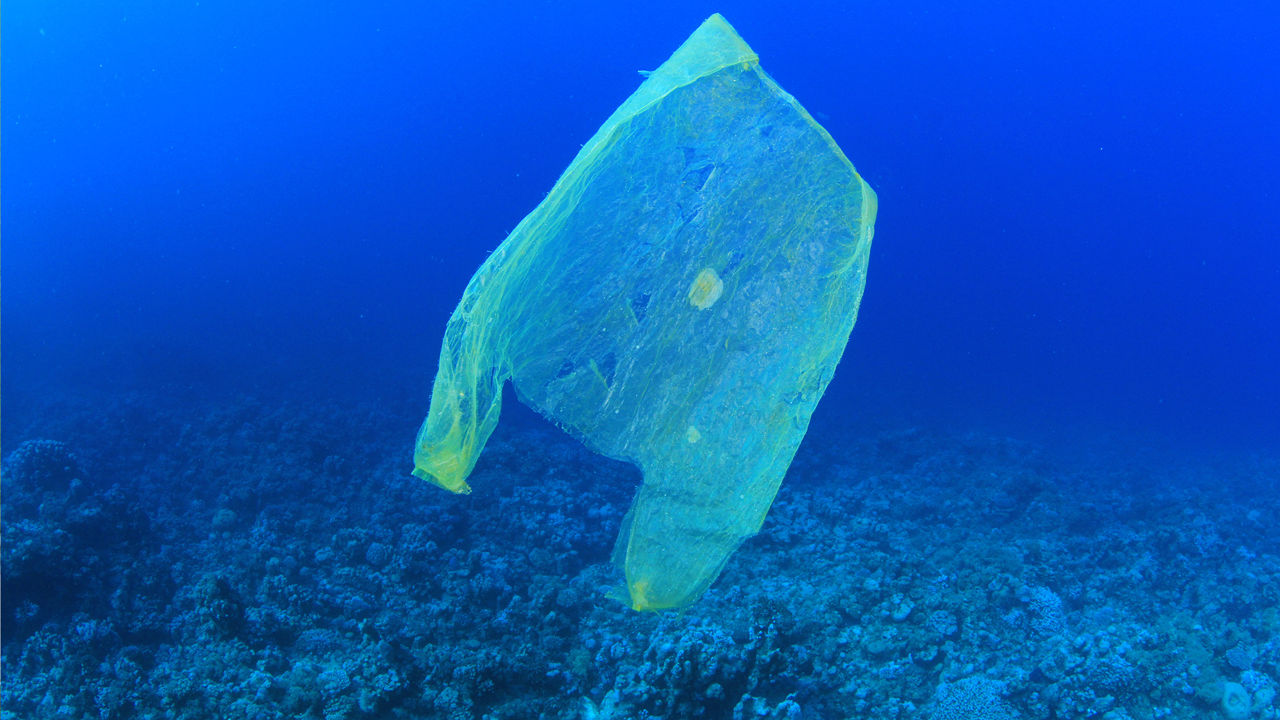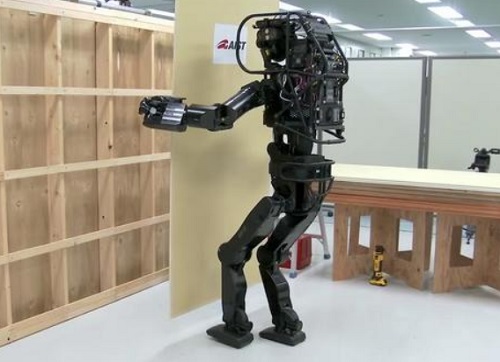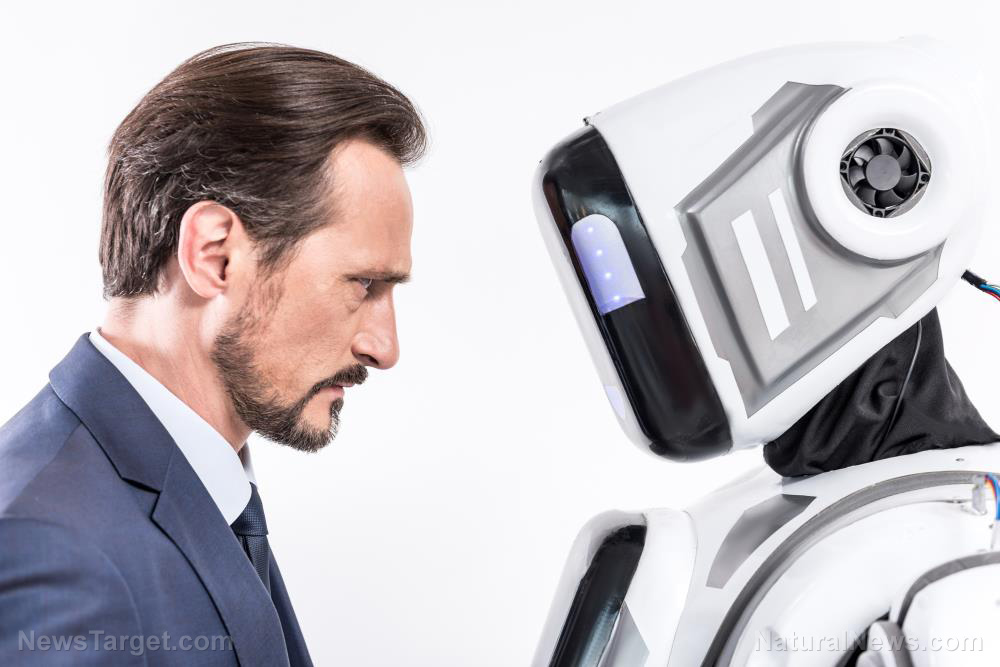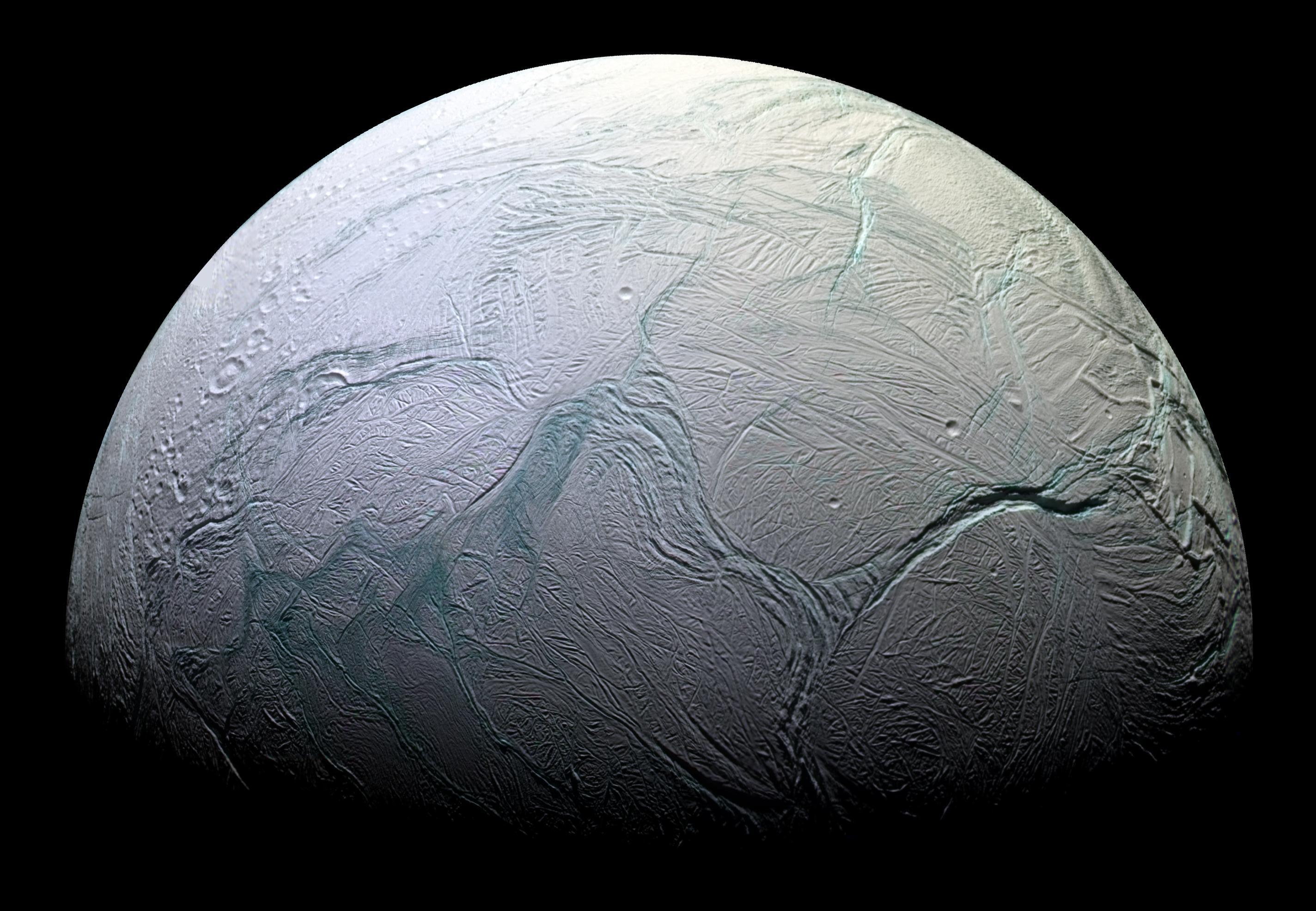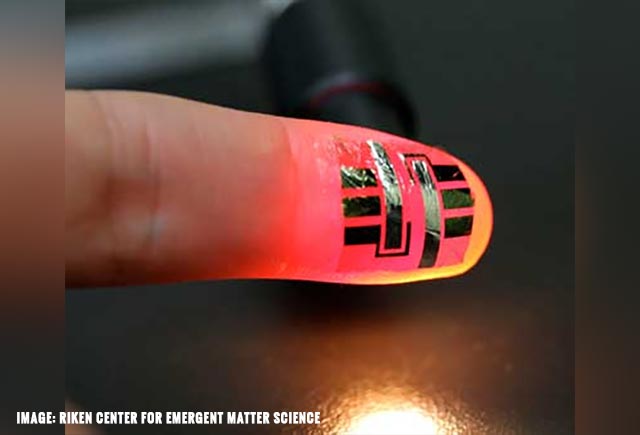New technology removes space debris using a revolutionary propulsion system
12/13/2018 / By Edsel Cook

Space is getting pretty crowded. We are not simply launching more satellites and spacecraft, an article in Science Daily explained; each launch mission leaves leftover parts and stages in the orbital space of Earth.
This space debris can potentially hit satellites and manned spacecraft. Such collisions damage the operational space vehicles, endanger the lives of any astronauts involved, and generate even more dangerous trash.
Human space activities can only continue at their current fast clip if the orbitals remain safe for expensive and vulnerable launch platforms. In order to make space safe again, space agencies are developing technologies to either remove space garbage or drop them into the atmosphere so that they burn up harmlessly.
There are two types of space trash removal techniques that are undergoing development. The first needs to make physical contact with the debris; examples include electrodynamic tethers, tether nets, and robotic arm grapples.
The second method does not require touching the object. It uses laser, ion beam shepherds, and similar systems to drop space debris out of orbit.
Ion beam shepherd system will blast space debris out of orbit
Of particular note is the ion beam shepherd system. It is intended to be fitted aboard a satellite that will be launched into space to hunt for space debris within its orbit.
When the satellite comes across trash, it will fire a plasma beam at its target. Debris hit by a beam will slow down and lose altitude over time. Eventually, the trash will re-enter the Earth’s atmosphere and burn up.
The problem with the ion beam shepherd concept is that firing it off also accelerates the satellite it is mounted on. So the spacecraft is moving farther away from the debris it is blasting out of orbit, which makes it harder over time to guide the trash to where it should go.
The obvious answer is to mount another ion beam on the opposite side of the debris-hunting satellite. Both systems will fire at the same time to cancel out each other’s acceleration. However, propulsion systems take up a lot of space and weight. A satellite that can mount both ion beam shepherd units will be both big and heavy, making it quite the bulky and expensive payload.
Helicon plasma thruster can launch propellant in two different directions
“If the debris removal can be performed by a single high-power propulsion system, it will be of significant use for future space activity,” remarked Tohoku University (Tohoku) researcher Kazunori Takahashi. He is the leader of a joint Japanese-Australian team working on space debris removal.
His team developed a helicon plasma thrust design that can work as an ion beam shepherd system. A single unit is all that is needed to effectively sweep space debris from orbit.
Their experiment demonstrated how a single thruster system could launch plasma propellant into two different directions. The unit guided the plasma using a magnetic field and judicious injections of gas.
The new plasma thruster showed it could deliver a significant force into its target while also imparting zero force upon its mounting. In addition to removing debris from orbit, it could also work as a normal thruster that speeds up or slows down the satellite.
“The helicon plasma thruster is an electrodeless system, which allows it to undertake long operations performed at a high-power level,” explained Takahashi. “This discovery is considerably different to existing solutions and will make a substantial contribution to future sustainable human activity in space.”
SpaceTourism.news can tell you more about the ventures that can help clean up space – or fill it with more debris.
Sources include:
Tagged Under: future science, future tech, helicon plasma thruster, plasma propellant, space collisions, space debris, space garbage, space technology, space trash



